The Civil War era was marked by its profound challenges and hardships, which extended beyond the battlefields to impact the lives of civilians as well.
Without modern medical advancements, many individuals turned to nature’s healing powers.
Drawing from the wisdom of the past, let’s delve deeper into the world of natural remedies prevalent during the Civil War era.
Willow Bark for Pain Relief
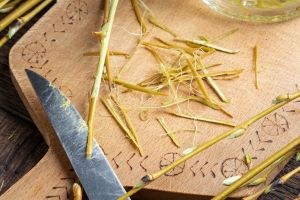 As the cannons roared and soldiers faced minor and severe injuries, willow bark emerged as a potent remedy for pain relief. This natural analgesic contained salicin, a compound similar to the active ingredient found in aspirin.
As the cannons roared and soldiers faced minor and severe injuries, willow bark emerged as a potent remedy for pain relief. This natural analgesic contained salicin, a compound similar to the active ingredient found in aspirin.
Soldiers chewed on willow bark or brewed it into teas to alleviate headaches, muscle aches, and discomfort. The efficacy of this simple remedy showcased the power of plants to ease suffering.
Slippery Elm for Digestive Distress
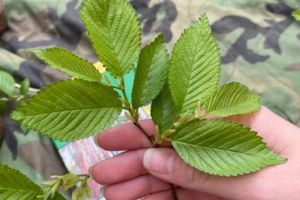 With unsanitary conditions prevailing on and off the battlefield, digestive problems were rampant.
With unsanitary conditions prevailing on and off the battlefield, digestive problems were rampant.
Slippery elm offered relief as a gruel. Derived from the inner bark of the slippery elm tree, this gruel was consumed to ease symptoms of diarrhea, heartburn, and gastritis.
Its gentle nature and effectiveness made it a go-to remedy for those battling digestive distress, both on the battlefield and afterward.
Echinacea for Immune Support
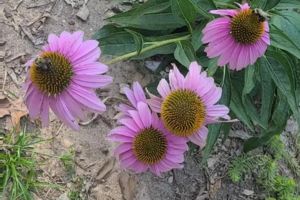 For centuries, Native American tribes possessed a profound understanding of the remarkable immune-boosting properties inherent in echinacea
For centuries, Native American tribes possessed a profound understanding of the remarkable immune-boosting properties inherent in echinacea
This vibrant flowering plant gained popularity during the Civil War era for its ability to fortify the body’s defenses against illnesses.
Echinacea was consumed in teas or tinctures to alleviate symptoms of colds, flu, and infection. Its enduring reputation as an immune-supporting herb continues to this day.
My advice would be to cultivate your own echinacea flowers at home. This way, you’ll have a constant and accessible supply of their immune-boosting benefits right at your fingertips.
The Devil’s Walking Stick for Treating Infection and Pain
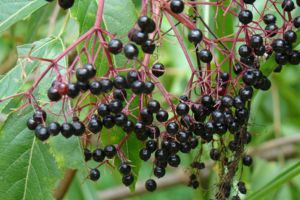 While many plants were used to treat infection and pain during the Civil War, the Devil’s Walking Stick seemed the most effective and easiest to obtain.
While many plants were used to treat infection and pain during the Civil War, the Devil’s Walking Stick seemed the most effective and easiest to obtain.
Devil’s Walking Stick, a prominent member of the ginseng family, is renowned for its ability to grow up to a height of 30 feet on occasion.
Abundant across much of North America, the Devil’s Walking Stick was a popular treatment during the Civil War. Tincture brewed from the berries of this plant is known to ease the pain from a toothache and help with rheumatic pain.
Furthermore, Devil’s Walking Stick has been shown to inhibit the growth and spread of some types of infections, specifically staph infections.
Calendula Salve for Wound Healing
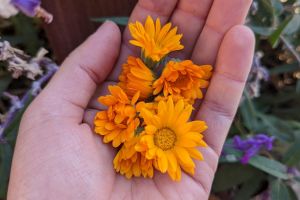 In the absence of modern wound care treatments, soldiers often faced the risk of infection from battle injuries.
In the absence of modern wound care treatments, soldiers often faced the risk of infection from battle injuries.
Calendula, or marigold, emerged as a vital natural remedy for wound healing. Its anti-inflammatory and antiseptic properties make it an ideal ingredient for creating healing salves.
Calendula salves were applied to wounds, burns, and skin irritations, promoting faster healing and minimizing infection risk.
Ginger for Nausea and Motion Sickness
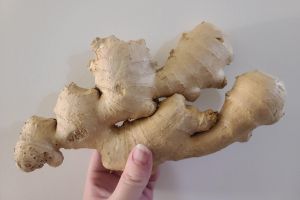
The challenges of wartime travel often led to nausea and motion sickness, making long journeys even more arduous.
With its natural anti-nausea properties, ginger emerged as a comforting and reliable remedy to combat these discomforts.
Soldiers and civilians relied on ginger tea or chewed ginger root to ease queasiness and settle their stomachs during journeys.
Today, ginger is still a staple for treating an upset stomach and is found in many common medications.
Mustard Plasters for Congestion
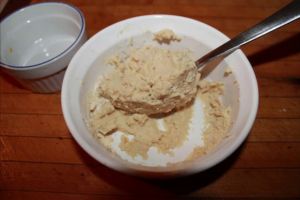 Respiratory ailments were a common concern during the Civil War, and mustard plasters were a popular natural remedy to alleviate congestion. A mixture of mustard powder and flour was applied to a cloth and placed on the chest.
Respiratory ailments were a common concern during the Civil War, and mustard plasters were a popular natural remedy to alleviate congestion. A mixture of mustard powder and flour was applied to a cloth and placed on the chest.
This remedy caused the skin to redden and brought relief by stimulating blood circulation and helping to clear congestion.
Cabbage Leaves for Arthritis
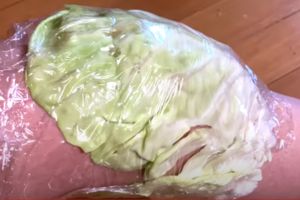 For centuries, the use of cabbage in treating arthritis pain has been well-documented.
For centuries, the use of cabbage in treating arthritis pain has been well-documented.
Cabbage is renowned for its remarkable anti-inflammatory properties. Therefore, cabbage proves to be exceptionally beneficial in treating arthritis pain and providing relief from joint discomfort.
One popular treatment method is to create a cabbage leaf wrap and apply it to the affected joint.
Sage for Sore Throats
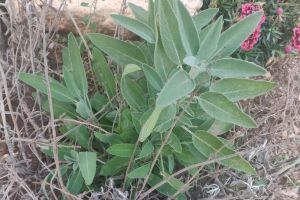 Sage held a special place as a reliable remedy during the Civil War era. It was often turned to for its ability to provide comfort and relief, particularly for sore throats.
Sage held a special place as a reliable remedy during the Civil War era. It was often turned to for its ability to provide comfort and relief, particularly for sore throats.
Creating a sage gargle was a common practice – a simple method that involved steeping dried sage leaves in hot water.
This concoction was cherished for its effectiveness in reducing inflammation and soothing the discomfort that accompanied a sore throat.
This humble remedy, born from the wisdom of the time, played a valuable role in alleviating the everyday ailments of that era.
Witch Hazel for Skin Irritations
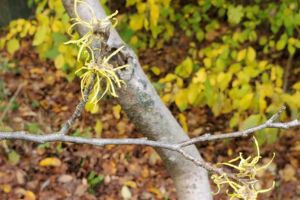 Witch hazel, a plant known for its potent astringent and anti-inflammatory qualities, had long been a favored remedy for soothing an array of skin irritations and discomforts.
Witch hazel, a plant known for its potent astringent and anti-inflammatory qualities, had long been a favored remedy for soothing an array of skin irritations and discomforts.
An infusion of witch hazel leaves or bark was applied topically to alleviate itching, inflammation, and minor wounds.
The Civil War era’s reliance on natural remedies underscores the enduring wisdom of utilizing nature’s offerings for health and well-being. From willow bark to ginger and beyond, these remedies provided relief and comfort in times of immense hardship.
The natural remedies utilized during the Civil War era reflect the resourcefulness and practicality of a time when medical options were limited—the creative treatments of this period aimed to alleviate common health issues faced by soldiers and civilians alike.
While modern medicine has made significant strides since then, these historical remedies remind us of the enduring power of nature in providing relief and healing. They also offer a window into the past, showing how people creatively used the resources available to care for their well-being.
Despite a constantly evolving world that has come a long way since the Civil War, these remedies serve as a testament to the age-old relationship between humans and our natural environment and remind us how truly blessed we are to live on this planet.
I would love to hear about your favorite folk remedies or experiences in the comments section. Stay Safe.




No comments:
Post a Comment